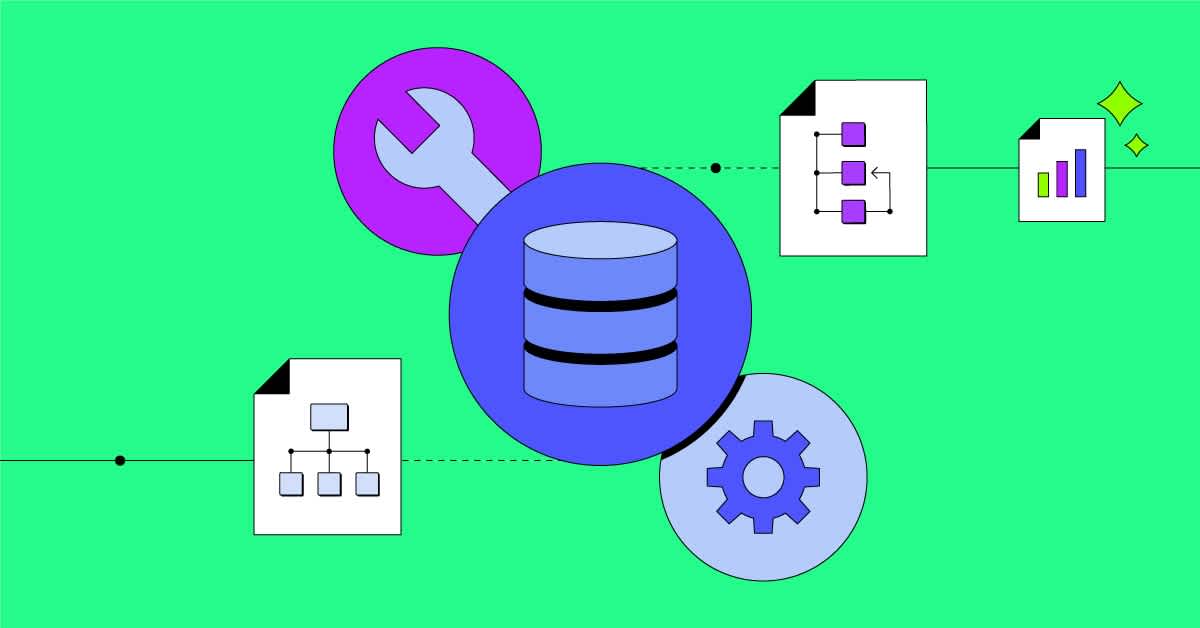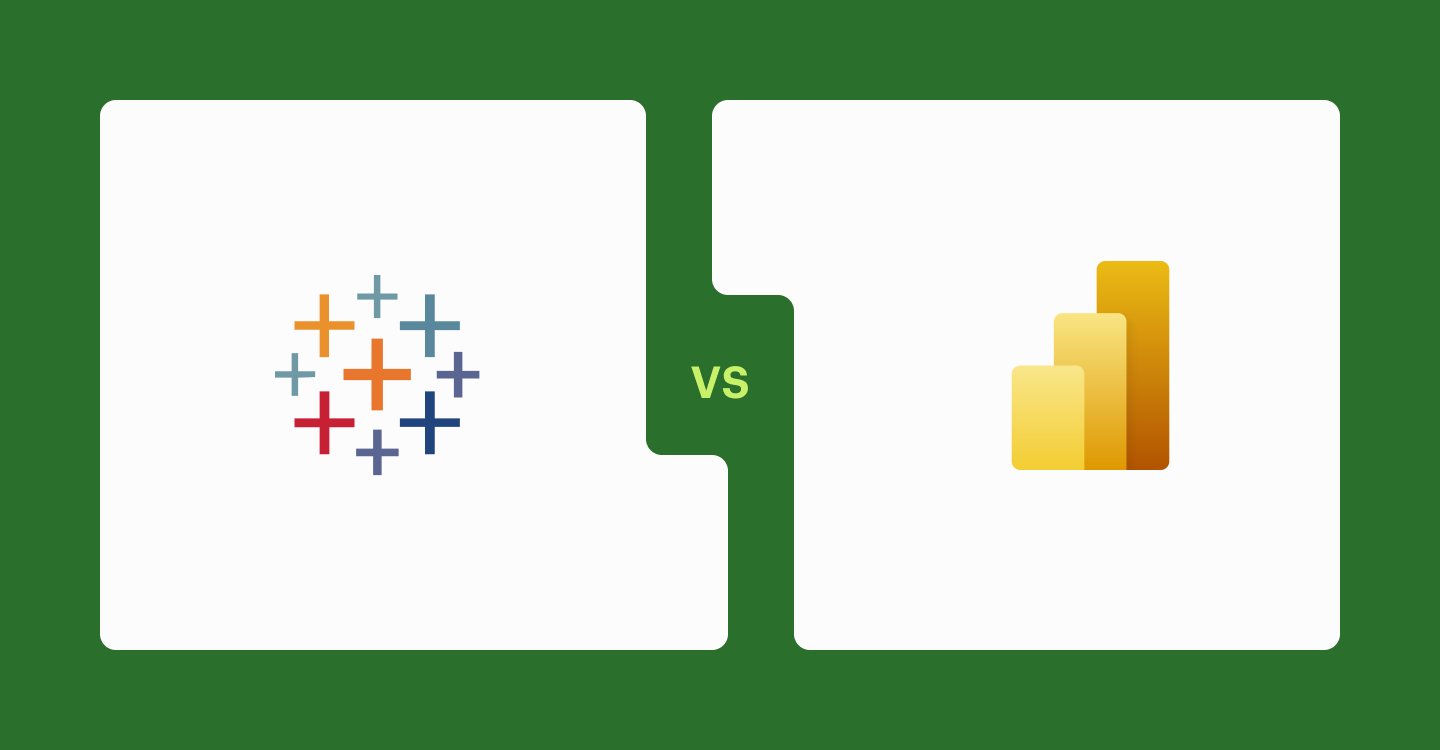Data Modeling - Understanding Tools and Techniques Involved

Samridh Choubey, PM for Data Modeling
November 3, 2023
NaN minute read

Data has become an integral part of daily operations for every organization. Many businesses often don't fully grasp the importance of their data structure. However, the truth is the way you structure and organize your data is key to solving your business problems, regardless of the technology you use. That makes data modeling a crucial activity for finding solutions to business challenges.
In this article, we will explore the world of data modeling, its various types, techniques, and some of the top data modeling tools available.
But first, what is data modeling?
What is data modeling?
Data modeling is the process of creating visual representations that illustrate the structure and relationships of data within an organization or system. This is a crucial step in designing databases and managing information, ensuring that data is well-organized, structured, and stored effectively for purposes like reporting, analysis, and application development. In today's data-driven world, businesses and organizations depend on data modeling to make well-informed decisions, streamline operations, and gain a competitive advantage.
Importance of data modeling
The importance of data modeling in data analytics is extremely significant, and there are several key reasons why it matters so much:
1. Data clarity: Data models provide a structured and organized representation of data, which ensures that everyone in your organization shares a common vocabulary and understanding. This common understanding is crucial for effective collaboration.
2. Data quality: Data models include definitions and constraints, which help you improve data quality and data integrity. They specify which data is valid and how it should be stored, reducing errors and inconsistencies.
3. Performance optimization: Well-designed data models can significantly improve your query performance and reduce storage costs. By organizing data efficiently, you can retrieve information more quickly and save on infrastructure expenses.
4. Scalability: Data models built for scale can adapt to changing business requirements more effectively than those that aren’t. This adaptability is crucial in a dynamic business environment.
5. Analysis and reporting: Effective data models make data accessible for analytics and reporting. They allow your analysts to easily retrieve and analyze data, leading to better decision-making and insights for frontline decision-makers.
What are the steps to consider during data modeling?
Data modeling encourages stakeholders to thoroughly assess data processing and storage. It employs diverse conventions for representing data, organizing models, and communicating business needs. These methods employ structured workflows, typically encompassing a sequence of iterative tasks. Such tasks include:
1. Entity identification: Data modeling starts by identifying distinct elements, events, or concepts in the dataset to be modeled, ensuring each entity is logically cohesive.
2. Attribute identification: Entities are defined by unique properties, known as attributes. For instance, a "customer" entity may have attributes like first name, last name, and more.
3. Relationship identification: During the initial phases of data modeling, the focus is on defining how various data elements connect. For instance, in a data model, a "customer" entity may have a relationship with an "order" entity, specifying that "each order is associated with a customer." These connections are often depicted using the Unified Modeling Language (UML).
4. Complete attribute mapping: Ensure that all attributes are linked to entities to reflect the data's intended use. Various data modeling patterns, such as analysis or design patterns, can be applied.
5. Key assignment and normalization: Assign keys as needed and determine the level of normalization to balance redundancy reduction and performance requirements. Normalization reduces storage space but may affect query performance.
6. Data model finalization and validation: Finally, your data model is ready for validation. It involves a comprehensive review of the data model to ensure it meets the intended business requirements, is free from errors or inconsistencies, and is aligned with changing business needs. This process is iterative, requiring periodic reviews and refinements.
What are the types of data models?
Data models can typically be categorized into three groups, differing in their level of abstraction. These groups are conceptual, logical, and physical data models.
Conceptual data models
Conceptual data models, also known as domain models, offer a high-level, technology-neutral perspective of data. They emphasize the relationships between various data entities and concentrate on essential business concepts. These models aim to provide stakeholders with a clear understanding of the overall data structure without delving into technical specifics. They present an overview of what the system will include and how it will be organized, along with the associated business rules.
Conceptual models include entity classes, which define the types of items crucial for the business to represent in the data model. These entity classes have characteristics and constraints, and the models outline the relationships between them. Additionally, they specify relevant security and data integrity requirements, all presented in a typically simple notation. These conceptual models are typically crafted during the initial phase of gathering project requirements.
Logical data models
Logical data models serve as an intermediate step between the conceptual and physical data models. They go deeper into data representation, defining the structure, constraints, and relationships of data entities. Although they are still technology-agnostic, logical data models bridge the gap by providing a more detailed plan for data storage and organization.
These models are less abstract, offering a clearer view of domain concepts and relationships. They typically follow formal data modeling notation systems to specify data attributes, like data types and their lengths, and illustrate entity relationships. Importantly, logical data models do not set technical system requirements in stone. This stage may be skipped in agile or DevOps practices but is useful in procedural implementation environments and data-focused projects, such as data warehouse design or reporting system development.
Physical data models
Physical data models play a crucial role in database design and implementation, as they are intricately linked to the technology and platform used for data storage. These models offer a detailed description of how data will be stored, encompassing specifics such as data types, indexing, and optimizations.
At their core, physical data models provide a schema outlining how data will be physically organized within a database. They are the least abstract of all models, delivering a concrete design ready for implementation as a relational database. This design includes associative tables that illustrate entity relationships, as well as primary keys and foreign keys crucial for maintaining these relationships. Physical data models can even incorporate database management system (DBMS)-specific properties, focusing on aspects like performance tuning.
Data modeling techniques
Hierarchical data modeling
The hierarchical data model is a system for structuring data in a tree-like hierarchy, often referred to as a parent-child relationship.
In this data modeling technique, each record is identified by a unique key, which remains the same for every record at the same level of the hierarchy.
Relational data modeling
The relational data model consists of nodes connected through links that contain relational data. It is widely employed in the creation of databases for efficient data storage and retrieval.
The concept behind relational databases is to store diverse types of data in a single table, with each column representing a distinct piece of information regarding the entity.
Entity-relationship (ER) data modeling
The Entity-relationship (ER) model offers a structured approach to representing data. It categorizes data into the following components:
Entities: These are the objects, actions, or concepts being worked with
Relationships: These describe connections between entities
Attributes: Attributes provide data that describes an entity or relationship
Creating a robust ER model necessitates a thorough understanding of your business processes and the information needs of your users. The ER diagram offers a visual representation of data relationships and the database's support for various processes, enabling clear and rapid communication of complex information.
Object-oriented data modeling
The object-oriented data model is a conceptual approach that employs objects to define and describe information. This stands in contrast to the entity-relationship model, which characterizes information as entities connected by relationships.
Objects represent real-world items and consist of various attributes.
Dimensional data modeling
Dimensional data models serve as the foundation for business intelligence (BI) and online analytical processing (OLAP) systems. These models are typically applied to data warehouses containing historical transactional data.
Dimensional data models often include multiple structures, including fact tables, dimension tables, and lookup tables. Dimensional modeling is the basis for generating enterprise data warehouses (EDW) and online transaction processing (OLTP) systems.
The primary objective of a dimensional model is to assist users in swiftly finding answers to questions about business forecasts, consumption trends, and related topics. It offers an organized method for business intelligence reporting, enabling information sharing and collaboration across different departments within an organization to support effective decision-making.
Top data modeling tools
To implement data modeling effectively, organizations should turn to specialized software tools. Here are some of the top data modeling tools available:
1. Mode
Mode Analytics is a versatile business intelligence platform that merges the capabilities of SQL, Python, and R for robust data analysis. It can be used to support various aspects of the data modeling process, especially for exploratory and descriptive analysis. The tool empowers users with features that foster collaboration, sharing, and reporting.
In Mode Analytics, advanced analytics takes data modeling to the next level. This involves activities like data exploration, feature engineering, predictive modeling, machine learning, time series analysis, and specialized tasks like text and geospatial analytics. Users can harness the power of Python and R for advanced modeling and analysis, assess model performance, conduct A/B testing, and create custom visualizations. The platform's collaborative features enable teams to effortlessly share insights and findings, driving data-driven decision-making.
Sign up for a Mode free trial to uncover answers to advanced analytics questions.
2. ER/Studio
ER/Studio is an enterprise-grade data modeling tool that supports the full spectrum of data modeling, encompassing conceptual, logical, and physical modeling. Its features include reverse engineering for importing existing databases, data lineage tracking, and metadata management.
Within ER/Studio, users design entities and relationships, define attributes and keys, create views and indexes, and validate data models for adherence to industry standards. This tool is used for both designing databases from scratch and managing existing data structures, providing a robust platform for efficient data modeling and database design.
3. DbSchema Pro
DbSchema Pro is a versatile data modeling tool that streamlines the process of creating and managing database structures. It offers a visual interface for designing tables, defining relationships, and specifying data types and constraints. With support for various database management systems, it allows users to connect to existing databases or create new ones.
DbSchema Pro enables the creation of SQL queries, indexes, views, and data import/export processes. It also includes features for schema comparison, documentation generation, and SQL script creation. Collaboration is made easy through version control, and synchronization features help keep the database schema aligned with the visual model. Overall, DbSchema Pro simplifies database design and management, making it a valuable tool for database professionals.
4. Erwin Data Modeler
Erwin Data Modeler is a robust data modeling tool that simplifies the design and management of database structures. Users can visually create and customize entities, relationships, attributes, and constraints, while also defining data types and data modeling notations.
The tool supports views and queries, SQL script generation, and comprehensive documentation generation for data dictionaries and entity-relationship diagrams. Collaboration is facilitated through version control, and synchronization features ensure that the database schema aligns with the visual model. Erwin Data Modeler is a versatile and user-friendly solution for database professionals and data architects.
Unlock business potential by mastering the art of data modeling
Data modeling is an essential component of modern analytics, enabling organizations to structure and analyze their data effectively. By understanding the importance of data modeling, and the different types, techniques, and tools available, you can make informed decisions and unlock the true potential of your data assets.
Selecting the right data modeling tools can significantly enhance the efficiency and effectiveness of data modeling efforts, ensuring that data remains a valuable asset for decision-making and growth. Take the first step towards harnessing the full potential of your data today.
Sign up for a Mode free trial now and unlock the power of data modeling for your organization.
Get our weekly data newsletter
Work-related distractions for data enthusiasts.




